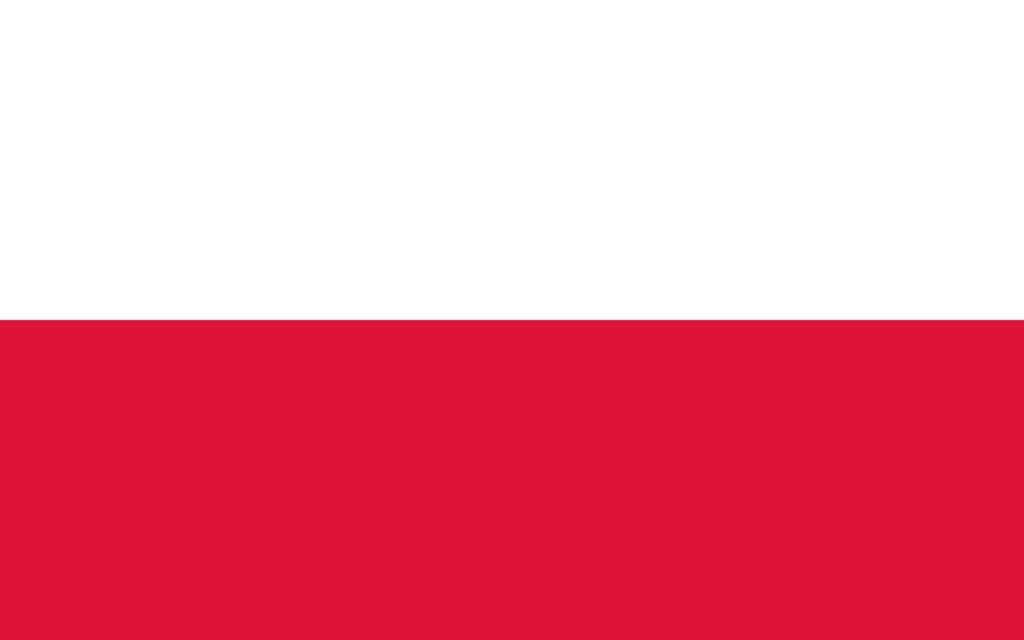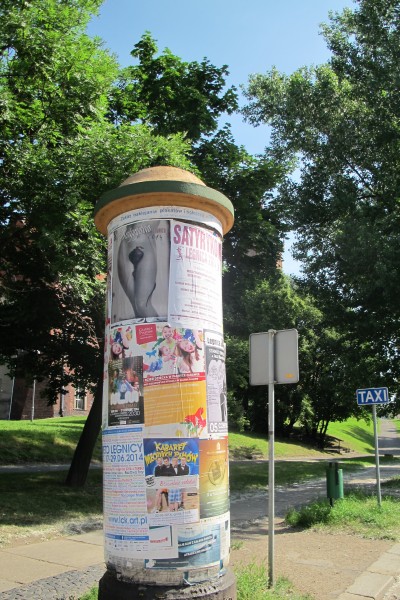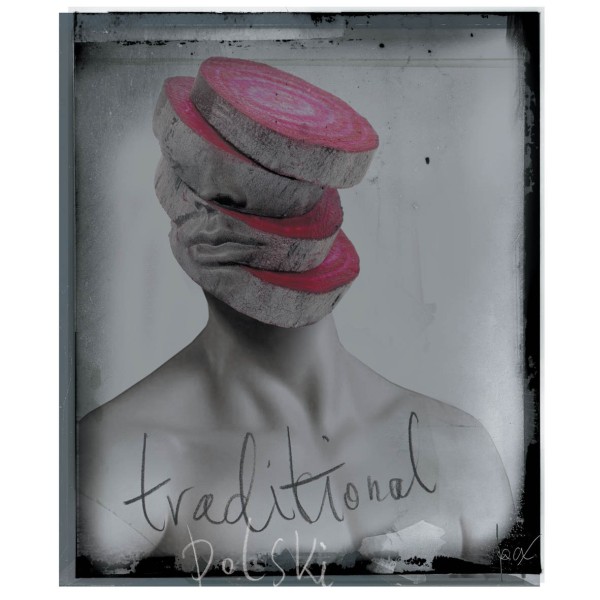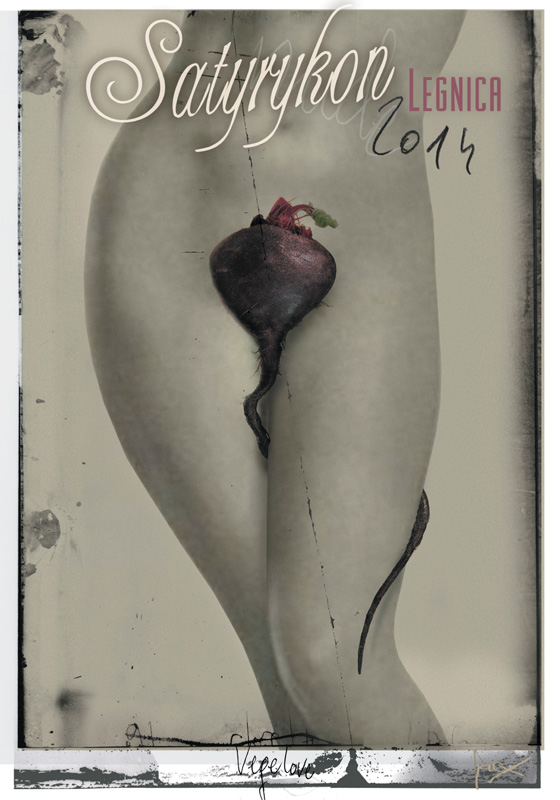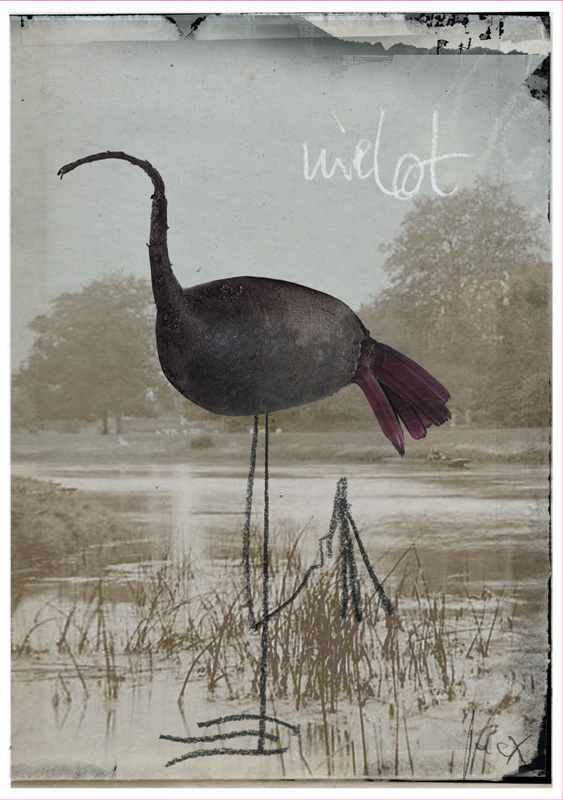interview with Jacek Staniszewski
Satyrykon: Your posters are often referred to as hard, controversial, scandalous. However, your Satyrykon series, despite including its perverse sense of humour, is rather subtle, poetic and inspiring a lot of various associations. I was just about to ask whether you’d dropped scandals and hard means for more indirect thought provoking methods when first protests appeared. Was this cycle meant to be the touchstone of Polish prudery, mental restrictions, our national sense of humour (or its lack) – Polish mentality in other words?
Jacek Staniszewski: Scandal itself has never been my aim. I’m occupying with my works the backgrounds rather than the front – more like a Ghost Rider than a Superman. I’m saying what I think, though even in the most radical works, for example, when the topic is raw meat, I put it in the ribbon for receivers’ comfort, without destructing message though. Beetroot as it is, is more interesting for me because it bleeds. When being cut it drips as if it was wounded… I like standing for the wounded and hurt ones, returning them their dignity. Traditional Polish beetroot, hurt with a knife refers to our national need for receiving punches and showing the wounds… call it a patriotic fight club.
You use a symbol obvious for every Pole, I doubt it’s always so for foreigners. On the other hand, the likes on Facebook have already proved its international appeal. It’s where the Pole will spot the national fault allusion, a foreigner will see a more universal issue – cultural quotations (isn’t this beetroot hanging around the leg as hair in the Birth of Venus) or veggie love allusions. What, in your opinion, is the difference in message received?
For me, beetroot is a motive like any other… though I admit it’s a slogan name for kind of fault… For me what matters is that it’s alive as if… I observe the shape, details and ideas come ready… For me, anything carries some creative potential… variety of interpretations is always countless… it’s crucial for the author though to indicate his viewpoint, enabling the audience to widen it by their feelings.
The cycle is based on the symbol of Polish rudeness, although you use it in a bit perverse way. I kind of see this common vegetable (nota bene the main Polish contribution into international culinary world) in your works as a more noble one. Does Polish beetroot hide something fascinating and can this beetroot-head decomposition be surprising for us? Or does it suggest that we can discuss our simple rudeness and other faults with the use of not so simplistic means?
Beetroot is a simple and cheap vegetable and thus it got stuck to poor tables too much. Once poverty was connected with lower standards… including standards of perception. I’m trying to show that wherever it appears… it always is a someone… not only beetroot… as I’m considering it now… I’m trying to introduce this beetroot into the noble society… let it show what it can do.
Your Satyrykon projects – the poster, the catalogue cover and the invitation have set themselves into a self-enlightening cycle (rather a trilogy than a triptych). One can also perceive it as three variations of one poster (I can almost hear comments of sort: “I like this element the most”, “pity you can’t get it also in a form of poster…” etc.) If you treated it the same way, which would you choose as the best or most important one?
There’s more in this series… nuclear beetroot, for instance… I like all those beetroots as they are friends to one another… as in the family… the black sheep also gets its share of love. In order to promote this friendship for the beetroot, one need to stress Polish-German friendship for once… in spite of difficult historical issues… and let me call out loud now: Beetroot uber alles!)))
Jacek Staniszewski (born in 1957) – a painter, graphic artist, musician, pedagogue at Fine Arts Academy in Gdańsk. He deals with public space performance, poster, installation, graphics and drawing. As he has assistant professor degree he runs his own workshop at Graphics Design Faculty of Fine Arts Academy in Gdańsk.
He’s been the participant of almost a hundred group and individual exhibitions in Poland and abroad, a winner of many awards.
He’s been running his independent musical activity since 1982. Since 1986 he’s prepared over 500 posters for exhibitions theatre performances and concerts. He’s designed over 30 record covers for different music groups.
